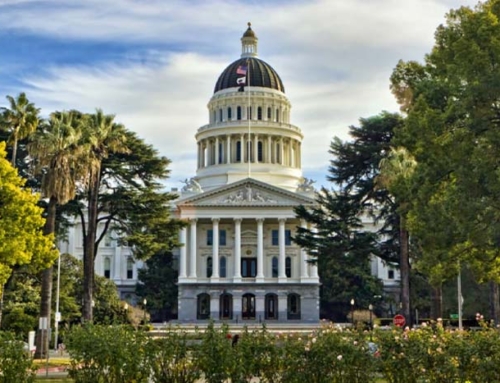On Monday, just in time for the start of the budget year on July 1st, the Assembly and Senate voted to approve the FY 20-23 State budget and related trailer bills.
The Governor formally approved the budget Thursday night, just in time for the beginning of the July 1st fiscal year. The budget package was a compromise between the Governor and the two branches of the Legislature, each of which had their own priorities.
This $300 billion budget represents the largest budget in the history of the State as well as the largest budget for any state in the nation. To put it in context, in 1963 the historic budget at the time was $3 billion. The budget surplus was also a record, at $97.5 billion, fueled by increases in capital gains as the State pulled out of the pandemic. Given the current state of the economy and stock market, it is unlikely that next year’s surplus will come close to this amount. For that reason, over 90% of all surplus fund expenditures are one-time.
So, what’s in it for affordable housing?
- Programs for Unhoused Residents—Nearly $3.5 billion for programs serving unhoused residents, with the majority of funds targeted to more temporary housing solutions and encampment clean ups. The Governor had championed funding for quick and interim solutions, which will receive $1.5 billion (over two years) as well as encampment clean up grants, which will receive $700 million (over two years). The Legislature pushed for funding for the Homeless Housing, Accountability, and Prevention Program (HHAP), which is allocated $1 billion (in FY 23-24). HHAP provides funding to support a unified regional response to homelessness that is focused on moving people into service-enriched housing. Also receiving its first funding allocation is the Governor’s CARE Court, which will create a process to mandate treatment for people with severe mental illness, many of whom are living on the streets. This program received an allocation of $54.7 million.
- Existing affordable housing programs—Over $2 billion in new funding for existing programs is included in the budget package, including $500 million for the State Low Income Housing Tax Credit Program, $425 million for the Infill Infrastructure Grant Program (over two years), $350 million for the CalHome Program (over two years), and $250 million for the Housing Accelerator Program.
- New affordable housing programs—Over $1 billion in funding for several new programs, including $410 million for adaptive reuse incentive grants to convert non-residential buildings to affordable homes (over two years), $500 million for a new California Dream for All Program to support first-time homebuyers with downpayment assistance, $250 million for Multifamily Seismic Retrofit Grants
(in FY23-24), and $100 million to facilitate the use of State excess sites for affordable development (over two years). In addition, the budget includes $1.8 billion ($900 million in each of FY 23-24 and 24-25) to construct student housing on UC, CSU, and community college campuses.
More action will take place when the Legislature returns from its July recess and will take up trailer bills and other legislation that includes the details for new programs. The Legislature has until the end of August to approve bills, and the Governor must sign or veto the bills by September 30th. Most bills will go into effect in January of 2023.
While this is good news for housing and homelessness, we recognize that substantial on-going capital investments will continue to be needed for years to come. Housing and homelessness continue to be the #1 and #2 problems cited by the residents across the state.
© LeSar Holdings/LeSar Development Consultants. All Rights Reserved. Please be advised that any republishing of copyrighted material provided by our organization, in whole or in part, requires prior written authorization. For permission, please reach out to [email protected]. We appreciate your understanding and compliance in upholding copyright laws.






















